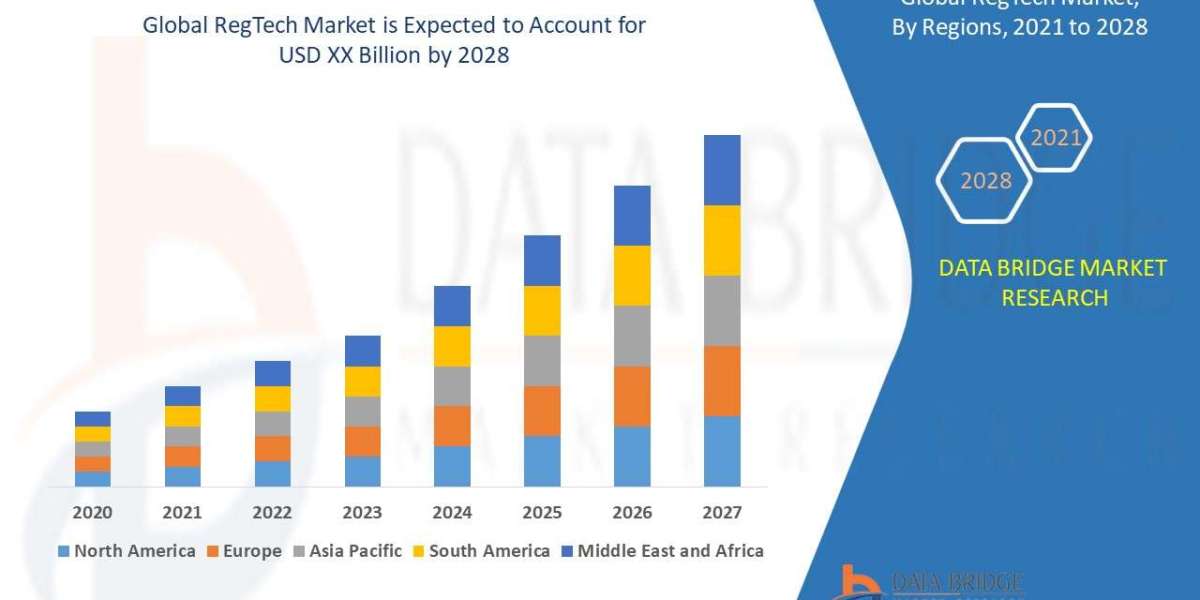Decoding the Future: Evolution of Influencer Codes in the Digital Age, In today's digital landscape, the role of influencers has transformed the way brands engage with their audience. With the rise of social media platforms, influencers have become powerful marketing assets, capable of shaping consumer behavior and driving purchasing decisions. Central to this relationship between influencers and brands are influencer codes – unique promotional tools that offer discounts, perks, or incentives to followers. As we delve into the future, it's imperative to explore how influencer codes will evolve, adapt, and continue to influence consumer behavior in the ever-changing digital realm.
The Rise of Influencer Codes: A Brief Overview
Influencer codes emerged as a strategic marketing tool, capitalizing on the widespread influence of social media personalities. These codes typically consist of a unique alphanumeric sequence assigned to individual influencers, which their followers can use to avail discounts or special offers from partnering brands. Initially popularized by beauty and fashion influencers, the concept swiftly expanded across various niches, including fitness, lifestyle, and even finance.
The allure of influencer codes lies in their ability to leverage the trust and authenticity cultivated by influencers with their followers. By offering exclusive deals through these codes, brands not only incentivize purchases but also tap into the influencer's dedicated fan base, resulting in heightened brand visibility and sales conversions.
The Current Landscape: Challenges and Innovations
Despite their effectiveness, influencer codes face several challenges in the contemporary digital ecosystem. One significant hurdle is oversaturation. With countless influencers promoting numerous brands, consumers may experience fatigue or skepticism towards promotional codes, leading to decreased efficacy.
Moreover, the rise of ad-blocking software and the implementation of stricter advertising regulations pose additional obstacles to traditional influencer marketing strategies. As a result, brands and influencers alike are compelled to innovate and adapt to ensure the continued relevance and effectiveness of influencer codes.
In response to these challenges, several trends and innovations have emerged within the realm of influencer marketing:
Micro-Influencers and Niche Audiences: As consumers increasingly seek authenticity and relatability, brands are turning towards micro-influencers – individuals with smaller but highly engaged follower bases within specific niches. By partnering with micro-influencers, brands can target niche audiences more effectively, resulting in higher engagement and conversion rates for influencer codes.
Integration of AI and Data Analytics: Leveraging the power of artificial intelligence (AI) and data analytics, brands can identify optimal influencer-brand partnerships and tailor promotional strategies based on consumer behavior and preferences. Advanced algorithms can analyze vast amounts of data to predict trends, optimize campaign performance, and measure ROI, ensuring the efficient utilization of influencer codes.
Interactive Content and Gamification: To enhance user engagement and incentivize code redemption, brands are incorporating interactive elements and gamification techniques into their influencer marketing campaigns. This includes interactive quizzes, challenges, and rewards-based systems, fostering a sense of excitement and exclusivity among followers.
Blockchain Technology for Transparency: In an era marked by concerns over transparency and authenticity, blockchain technology offers a solution to enhance trust and accountability within influencer marketing. By utilizing blockchain-based platforms, brands can verify the authenticity of influencer engagements, track the dissemination of influencer codes, and ensure fair compensation for influencers based on performance metrics.
The Future Outlook: Towards a New Era of Influencer Codes
Looking ahead, the future of influencer codes promises continued evolution and innovation, driven by advancements in technology, shifts in consumer behavior, and regulatory developments. Several key trends are poised to shape the trajectory of influencer marketing in the coming years:
Augmented Reality (AR) Experiences: With the proliferation of AR technologies, brands can create immersive and interactive experiences that integrate influencer codes seamlessly. From virtual try-on experiences in the beauty industry to AR-powered product demonstrations in the retail sector, AR offers limitless possibilities for enhancing the effectiveness of influencer codes.
Voice Commerce and Smart Assistants: As voice-enabled devices and smart assistants become ubiquitous in households worldwide, brands can leverage voice commerce capabilities to facilitate code redemption and streamline the purchasing process. By integrating influencer codes with voice-activated commands, brands can offer a frictionless shopping experience and capitalize on the growing trend of conversational commerce.
Sustainability and Social Impact: With an increasing emphasis on sustainability and corporate social responsibility, influencer codes are poised to align with causes and initiatives that resonate with conscious consumers. Brands can collaborate with influencers to promote eco-friendly products, charitable partnerships, and social impact campaigns, thereby leveraging influencer codes as a force for positive change.
Personalized Recommendations and AI-Powered Insights: By harnessing the power of machine learning algorithms and predictive analytics, brands can deliver personalized product recommendations tailored to individual preferences and purchase history. Influencer codes can be integrated into AI-powered recommendation engines, allowing for hyper-targeted promotions that drive conversion and customer loyalty.
Conclusion
In conclusion, influencer codes represent a dynamic and evolving facet of modern marketing, poised to undergo significant transformation in the years to come. As brands and influencers navigate the complexities of the digital landscape, innovation, authenticity, and consumer-centricity will remain paramount in shaping the future of influencer codes. By embracing emerging technologies, fostering genuine connections with audiences, and prioritizing transparency and accountability, influencer marketing will continue to thrive as a powerful tool for driving brand awareness, engagement, and sales in the ever-evolving digital age.







